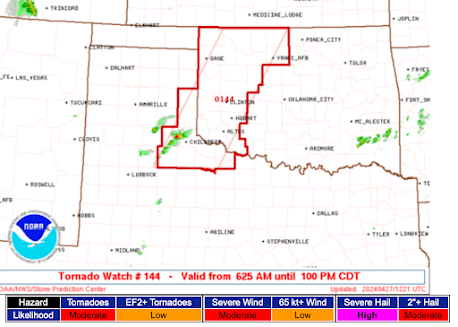The Consequences of the NWS's Decision Not to Issue Hurricane Warnings
As I feared, the National Weather Service's decision not to issue tropical storm and hurricane warnings -- regardless of the intensity of Hurricane Sandy -- is already having unfortunate effects. The first was in NY earlier this evening.
Here is NYC Mayor Bloomberg's statement:
"So it will be less dangerous." We don't know that to be the case. The latest barometric pressure associated with Sandy is 960 mb. It is forecast to drop to 937 mb when it is south of NYC (see posting below from 11:40pm CDT). With a pressure that low the winds and surge could be very comparable to a hurricane. It would be an all-time record low for the region, hurricane or not.
At the wedding I attended earlier this evening, two residents of D.C. told me they heard the storm was weakening. "I heard it wasn't going to be a hurricane," one of them said.
This was a very poor decision by the NWS. I hope it doesn't end up costing lives due to the perceived lessening of the threat because it "isn't" a hurricane in bureaucrat-speak.
Here is NYC Mayor Bloomberg's statement:
“Although we’re expecting a large surge of water, it is not expected to be a tropical storm or hurricane-type surge. With this storm, we’ll likely see a slow pileup of water rather than a sudden surge, which is what you would expect with a hurricane, and which we saw with Irene 14 months ago.
“So it will be less dangerous – but make no mistake about it, there will be a lot of water and low-lying areas will experience flooding. The City’s Departments of Transportation and Environmental Protection will be deployed throughout the city to address flooding conditions.
"So it will be less dangerous." We don't know that to be the case. The latest barometric pressure associated with Sandy is 960 mb. It is forecast to drop to 937 mb when it is south of NYC (see posting below from 11:40pm CDT). With a pressure that low the winds and surge could be very comparable to a hurricane. It would be an all-time record low for the region, hurricane or not.
At the wedding I attended earlier this evening, two residents of D.C. told me they heard the storm was weakening. "I heard it wasn't going to be a hurricane," one of them said.
This was a very poor decision by the NWS. I hope it doesn't end up costing lives due to the perceived lessening of the threat because it "isn't" a hurricane in bureaucrat-speak.




Comments
Post a Comment